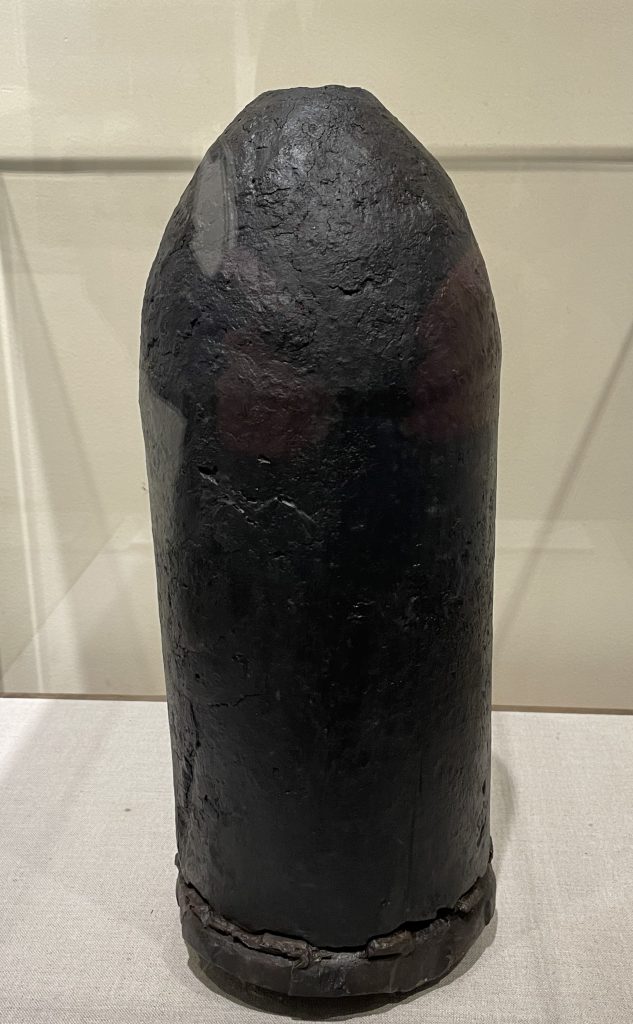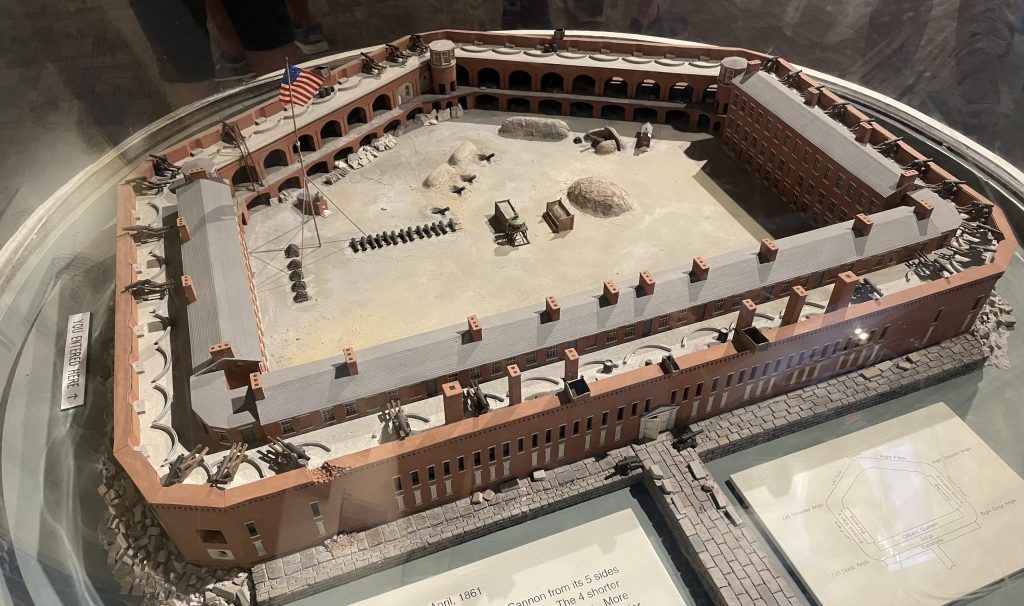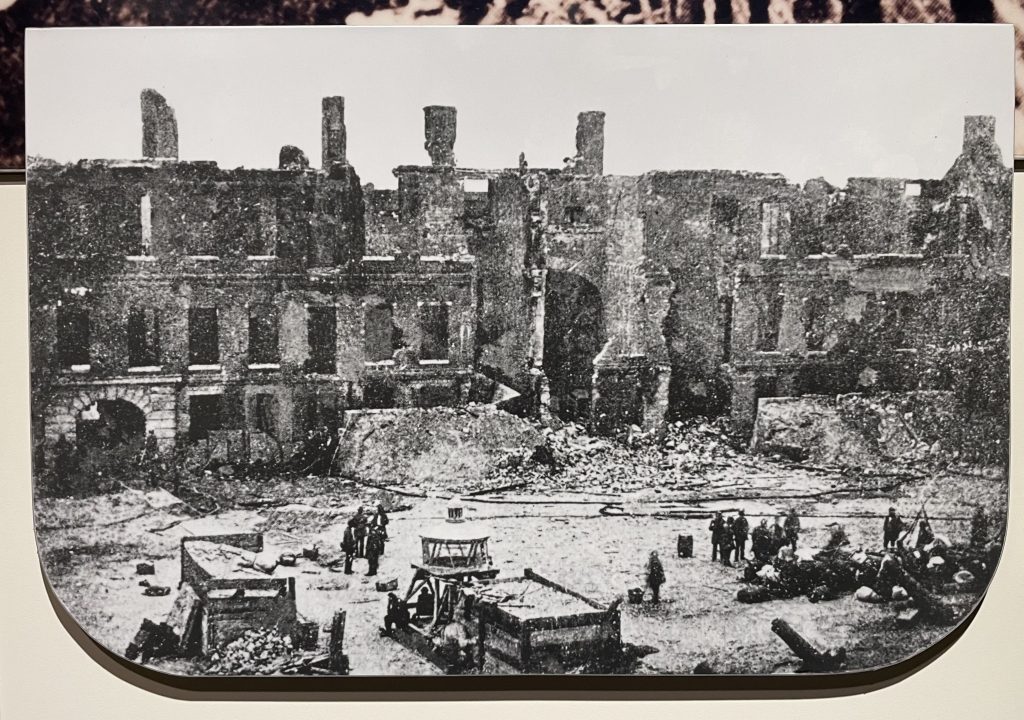I’m not gonna lie, I’m a bit over historic forts. They all seem to be a pile of stone near water with some cannons in them, and not much else. One is the same as the next.
But Fort Sumter is where the first shots of the Civil War were fired, so off we went.

The fort is situated on a small island strategically located in the mouth of the Charleston Harbor near Charleston, South Carolina, so a visit begins with a 30-minute boat ride.
Fort Sumter is run by the National Park Service, and their rangers gave us an overview and history lesson en route.
Our ranger was not shy about the history leading up to the overthrow of Fort Sumter and the specific causes of the Civil War. He read directly from South Carolina’s secession statement, which says, in part:
A geographical line has been drawn across the Union, and all the States north of that line have united in the election of a man to the high office of President of the United States, whose opinions and purposes are hostile to slavery.
And that is just one of their references to slavery in their statement. It is very hard to justify that the Civil War was not about slavery when you read the actual historic documents.


We were given about an hour to roam the island and browse the small museum located inside.
The fort took a real beating during the initial battle and later conflicts during the Civil War, so there are few artifacts from that time period that remain.
After the war, the fort was not well-maintained, and then had additional structures built on top of the remains of the original fort in the early 20th century as part of coastal defenses, so it’s not surprising there’s not much left of the fort itself, either.

For Sumter’s construction began in 1829 in response to weaknesses identified in America’s coastal defense system following the War of 1812.
However, progress was slow for a variety of reasons (disease, weather, technical challenges, etc.), and the fort was still incomplete by the time of the Civil War.
After the severe damage the fort suffered during the Civil War, plans to complete it were totally abandoned.


Many people may not be aware that Fort Sumter played a part of two major battles in the CIvil War.
The first was on April 12, 1861. Union forces who occupied the fort were fired upon from shore by the South Carolina Militia – thus beginning the insurrection that was the Civil War.
After a day of bombardments, with Union forces in the fort having few artillery and no lines of resupply, the U.S commander had no choice but to surrender. There were no casualties.
The second battle was over the summer of 1863, when Union troops tried but failed to retake the fort by sea.
This bombardment reduced the already-ruinous fort to not much more than mere rubble. In addition, 52 Confederates and an unknown number of enslaved African American laborers were casualties.
The Confederates held on, however, and it wasn’t until General Sherman’s northward advance from Savannah in February 1865 that they finally evacuated the fort.


One fun thing for everyone but me was that dolphins were to be seen in the harbor on the boat ride over and back. Everyone seemed to see them! Except me. Doug, of course, saw four, while I saw absolutely no dolphins frolicking in the water. At one point I asked him if he wanted me to go elsewhere so he could see more dolphins.







One thought on “Fort Sumter National Historic Park”